
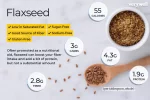
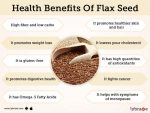
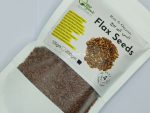
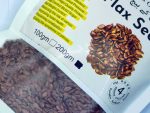


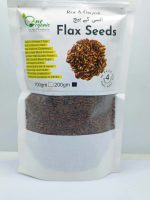
Organic Whole Flax Seeds – 200gm for Healthy Diet Ketogenic Diet Seed Cycling
₨ 300 Original price was: ₨ 300.₨ 220Current price is: ₨ 220.
Unit Left 50
Prices go up when the timer hits zero
- Psyllium Seeds are an One Organic-Farm Product of the Dried Ripe Seeds of Plantago Ovata forks (farm. Plantaginaceae) and it has been cleaned free of all dust, Fibers, Wastes, Mud, Stones, and Iron Particles.
- Psyllium Seeds is Boat shaped, Seed Coats are white in color while the fleshy part is red in color because of which the seeds have a pinkish hue. After dipping in water the seeds swell up and become fragrant.
- Common Names of Psyllium Seeds : lspaghua, Spogel, Plantago Psyllium, Isaphgol, Plantago sp., Isabgula, Plantaginis Ispaghulae.
- Come’s in Stand-Up Zipper Pouches.
50 in stock
Payment Options
Cash on Delivery
Easy Paisa/Jazz Cash
-
What Is Flaxseed and Where Did It Come From?
Flaxseed comes from the flax plant (also known as ), which grows to be about 2 feet tall. It likely was first grown in Egypt but has been cultivated all around the world.
The flax plant can be woven into linen — its fibers are two to three times as strong as cotton! When the plant first came to North America, it was primarily grown to produce clothing. (1) In the mid-20thcentury, however, cotton took over as the United States’fiber of choice, so these days, most places in North America that grow flax do so to produce seeds. (1)
Its nutty-tasting seeds can be eaten on their own or crushed and cold-pressed to release flaxseed oil. (1,2) For decades, it had been common to find flaxseed (also called linseed) used in things like cereal or bread. But it’s developed a niche in the health food scene in the past decade or so. (1) People have become knowledgeable about the crop’s many health benefits and now have many ways to get their fill, whether as a supplement or as an ingredient they add to a variety of foods.
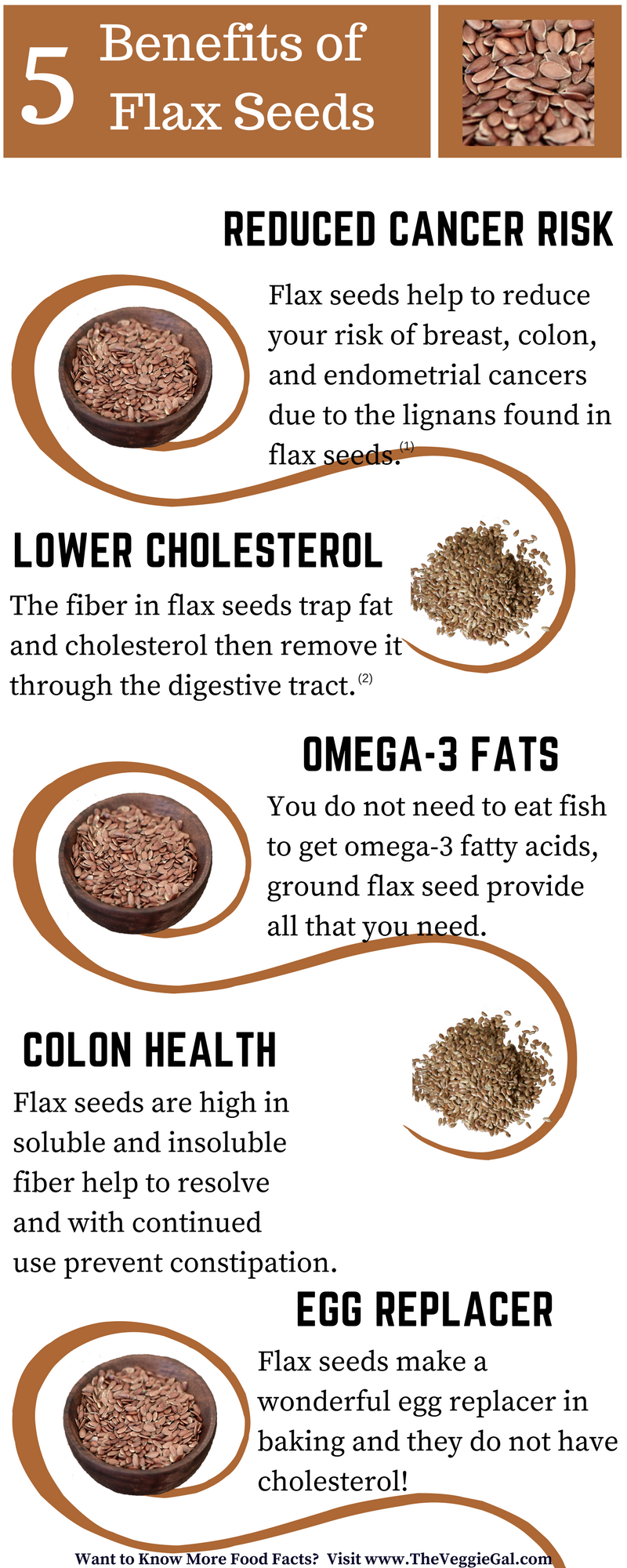
The usual serving size of ground flaxseed is 2 tablespoons (tbsp). That serving includes:
- 80 calories
- 3 grams (g) protein (6 percent daily value, or DV) (4)
- 4 g carbohydrate (1.33 percent DV) (5)
- 6 g fat (9.23 percent DV). Flaxseed is one of the best sources of the omega-3 fatty acid alpha-linolenic acid (ALA). (6,7)
- 4 g fiber (16 percent DV) (8)
- 100 milligram (mg) phosphorus (8 percent DV) (9)
- 60 mg magnesium (14.28 percent DV)
- 120 mg potassium (2.55 percent DV)
Add a tablespoon of ground flaxseed to your hot or cold breakfast cereal. Add a teaspoon of ground flaxseed to mayonnaise or mustard when making a sandwich. Mix a tablespoon of ground flaxseed into an 8-ounce container of yogurt. Bake ground flaxseed into cookies, muffins, breads and other baked goods.
| Weight | 0.200 kg |
|---|---|
| Dimensions | 12 × 4 × 20 cm |
Only logged in customers who have purchased this product may leave a review.

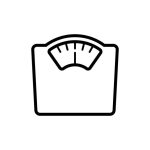
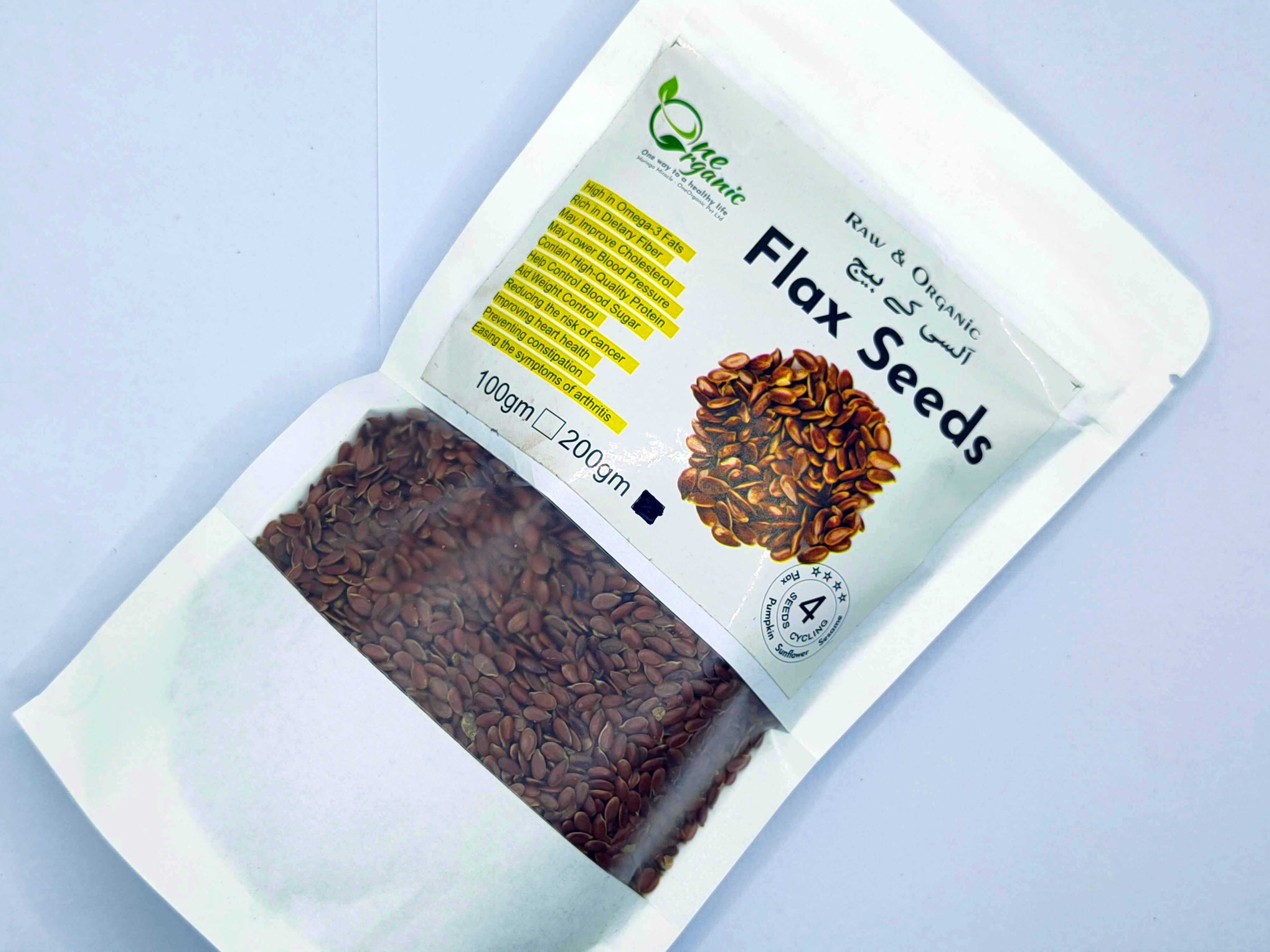

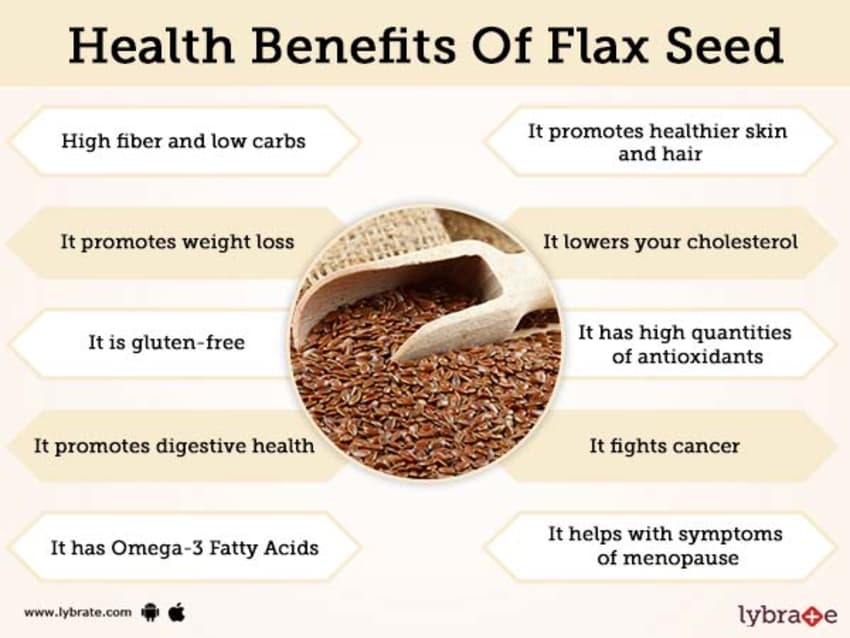
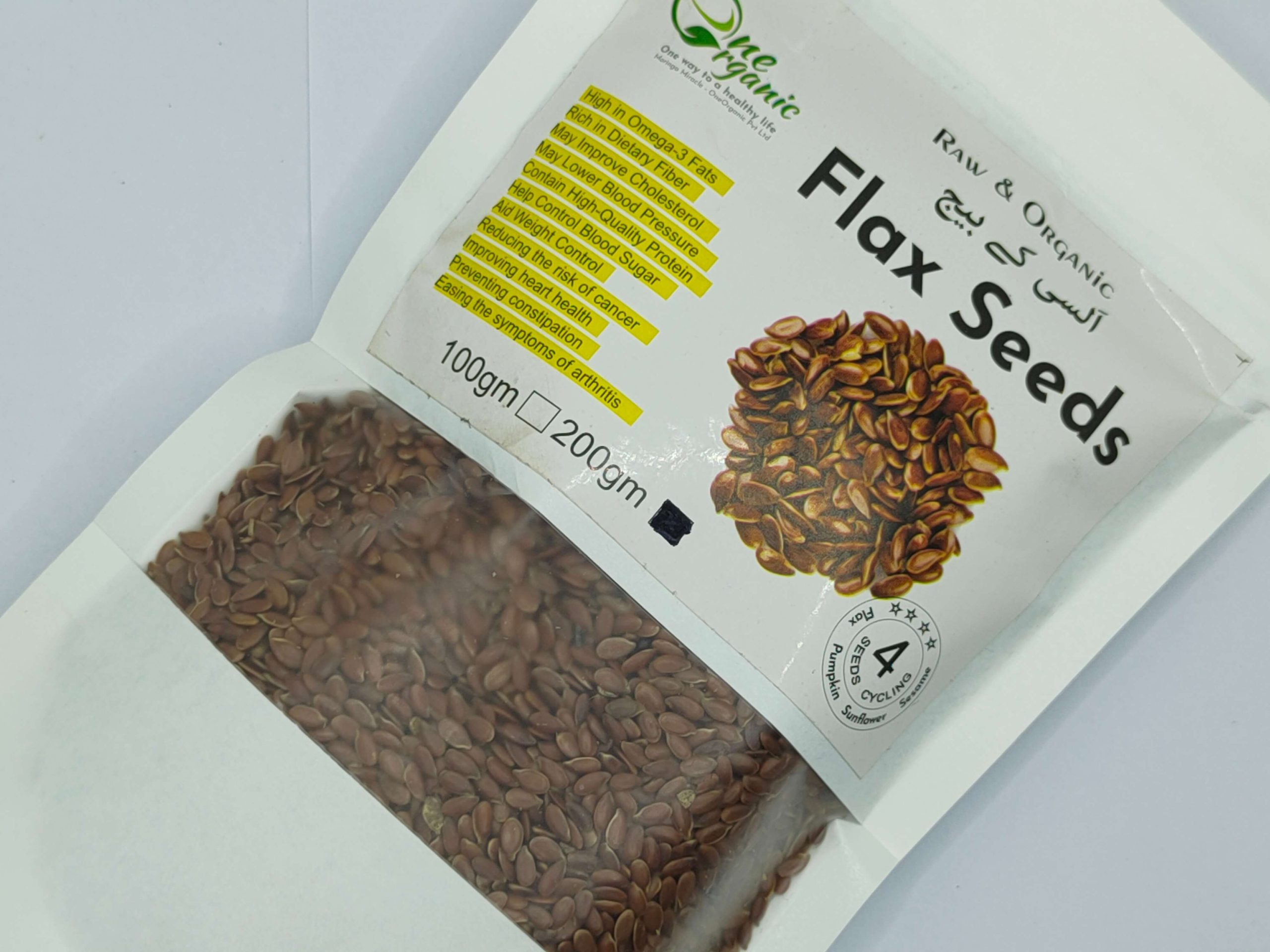
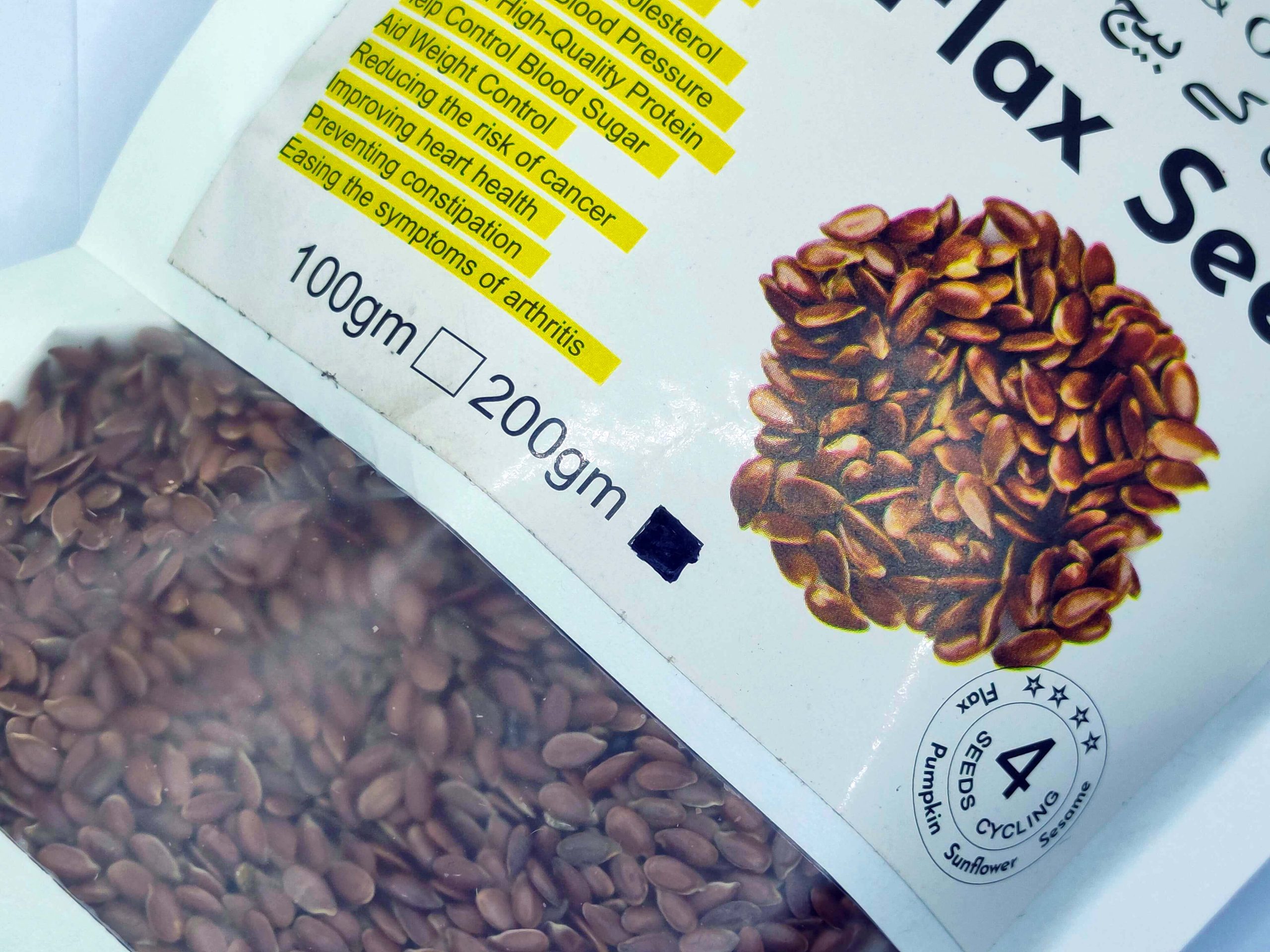
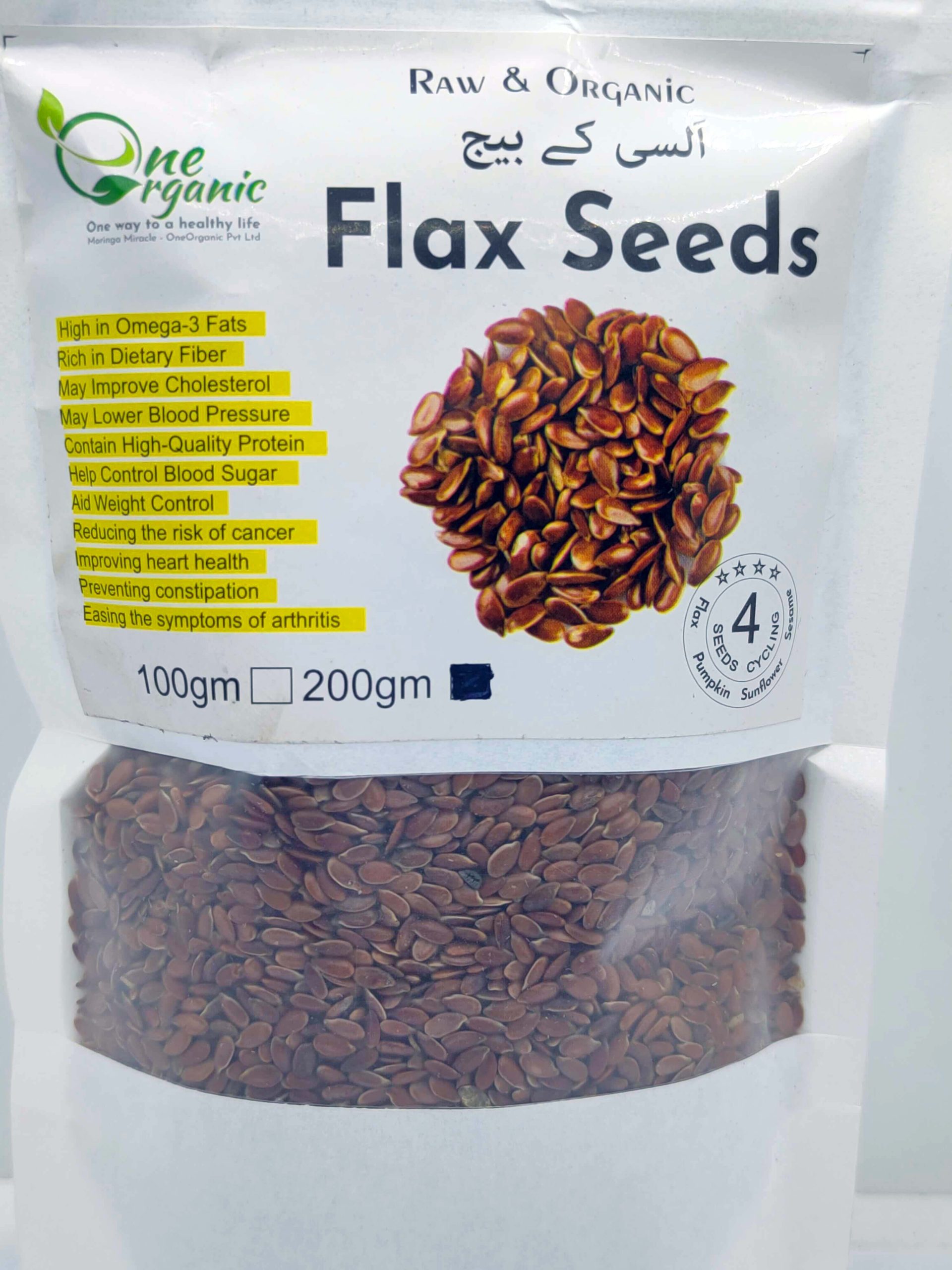

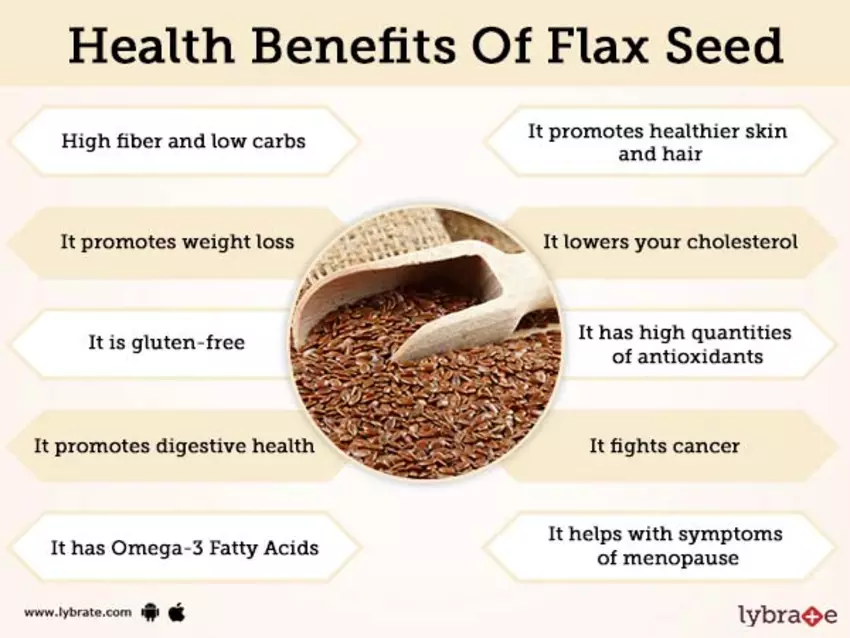


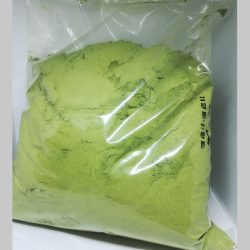
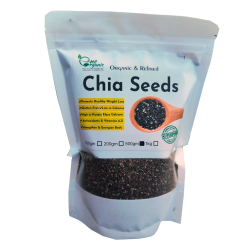


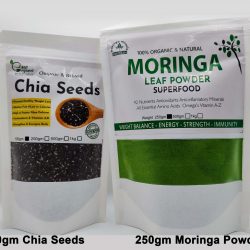
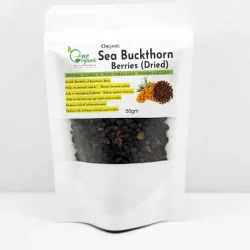

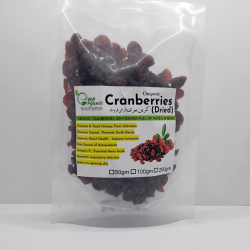
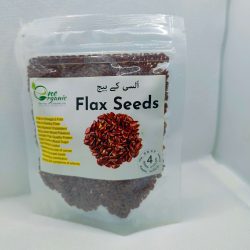

Reviews
There are no reviews yet.